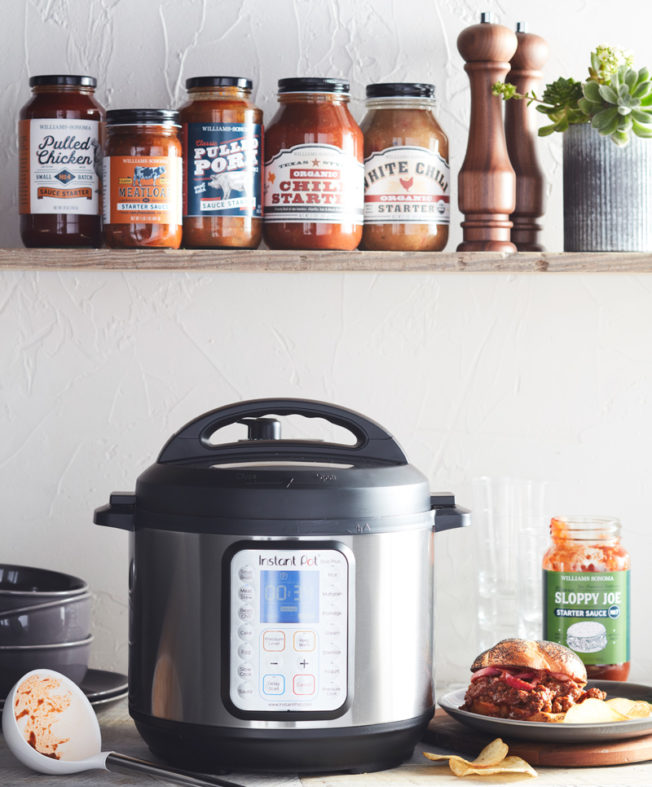
The Williams Sonoma Test Kitchen cooks have spent a ton of quality time with pressure cookers, especially the Instant Pot. Every time we chat with them—or flip through their dedicated Instant Pot cookbook—we learn something new. Here, we ask WS Test Kitchen Cook Emily McFarren what sort of instincts you, the home cook, can use to transform a favorite recipe into something that works really well in your Instant Pot.
What’s the first thing to consider when creating an Instant Pot recipe?
Protein: Which protein you’re using and what cut is huge. Chicken takes about 10 minutes under high pressure and a big cut of pork shoulder takes about an hour. [Think: approximately] 10 minutes for chicken, 12 for bone-in. With boneless beef or pork, I’m usually going for 40-50 minutes, and I cut it into big 2-inch pieces, not a nice dice. With bone-in, if it fits in your Instant Pot, throw it all in, go longer on cook time, and shred it at the end. Do consider taking the meat off the bone and breaking it down because it will shorten the cook time.
These are guidelines, but there are so many great resources, different websites and blogs. Our book has basic guidelines for meat in there.
How do you decide what pressure level to use?
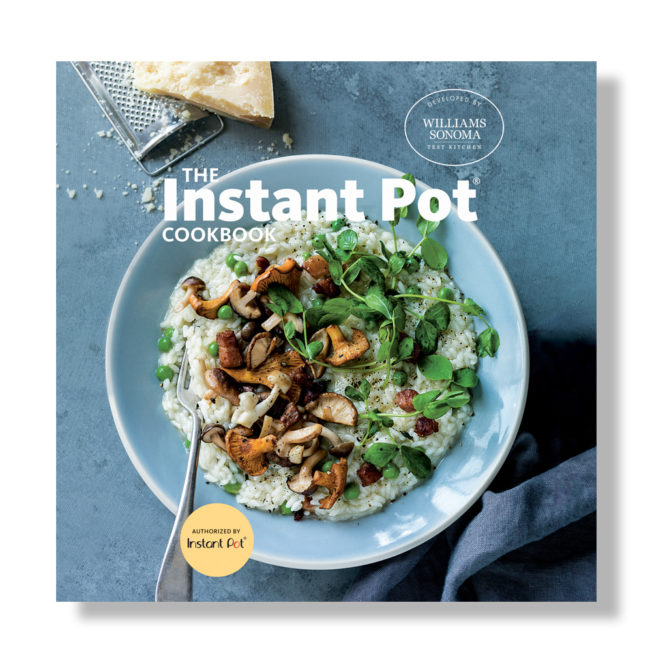
I almost always use high pressure. For time-saving, it’s great.
What has surprised you as a tricky recipe to adapt to the Instant Pot?
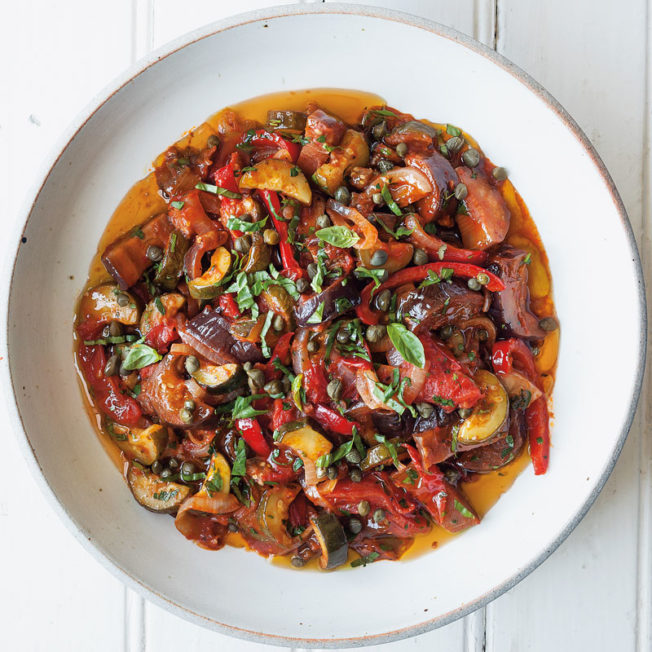
Vegetable recipes are surprisingly the most tricky. The protein, under pressure, will get more tender. There’s room for error. I’m working on an Instant Pot ratatouille recipe and I really had to get really exact with my timing so the vegetables stayed nice and crisp and didn’t fall apart to mush. I ended up doing just three minutes at high pressure with a quick release. I was kind of thinking, “Should I do this in an Instant Pot?” but it developed so much flavor in those three minutes. Once I dialed it in, it was a great little recipe. It should be up on our website shortly.
Were any recipes surprisingly successful?
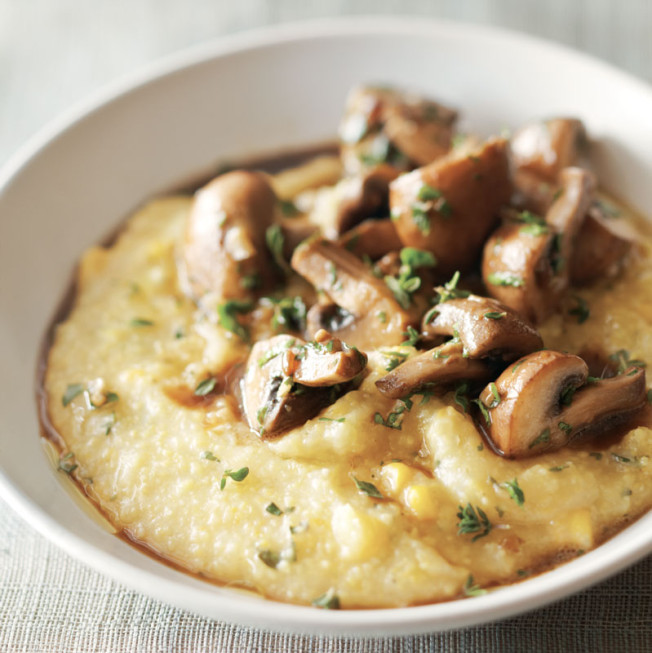
Polenta was another one where I was skeptical. It’s fussy, but it’s great because with an Instant Pot you can hold it until it’s ready to serve (instead of it clumping up). That’s always the challenge with polenta.
Is your approach “What takes me too long to make using traditional methods?”
I’d almost think of it more as, “What intimidates me?” With polenta it’s great that you can walk away and do other things. We’ve done so many things where it’s a little bit fussy—polenta, risotto, perfectly hard-boiled eggs—and that’s what the Instant Pot is really great for. Of course, it’s also a huge time saver.
What tips do you have for the home cook looking to experiment?
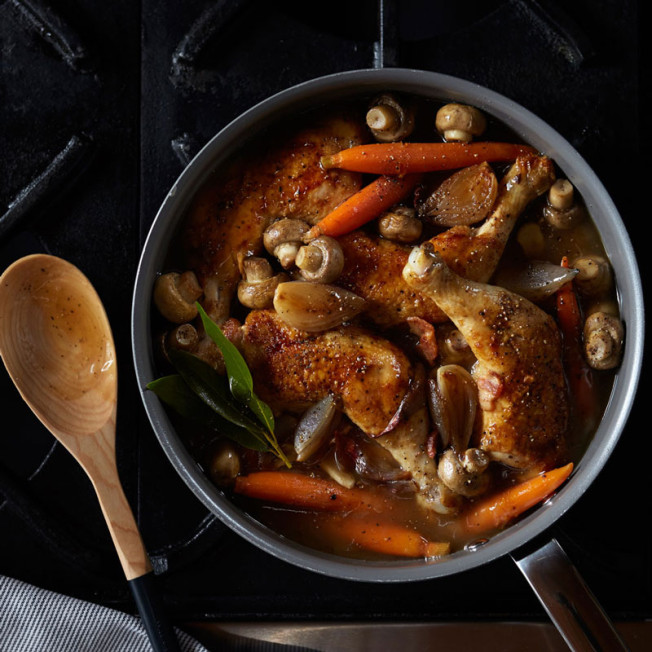
Think about things that can add a lot of flavor, because the Instant Pot is really great at adding flavor in a short amount of time. Don’t be shy with garlic and herbs and anything that can add a punch. Recipes like ratatouille and coq au vin can be “dump everything in the pot and just go.” Don’t worry too much about technique.
What about liquid and having enough to get things to pressure?
With ratatouille I didn’t need extra liquid; the vegetables give off so much. With everything else, with ½ a cup to a cup, you can get away with that; it should be fine. With a traditional stovetop pressure cooker you’d have to add so much liquid to get to pressure. Instant Pot doesn’t take as much.
For safety, do you stick to not filling it more than two-thirds full?
The two-thirds rule is great. Any more than that and you’re kind of [being risky].
How do I avoid things scorching and sticking?
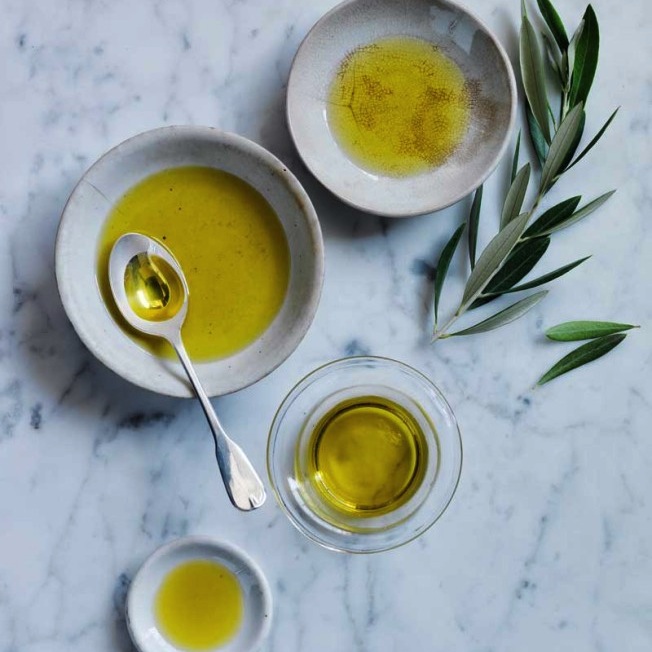 That has to do with the shape of the pot; it slopes downward. The heat distribution isn’t super-even. We’re pretty generous with the oil we’re using to sauté, and we’ll pour off excess before adding other ingredients. That makes sure things are browning but not sticking.
That has to do with the shape of the pot; it slopes downward. The heat distribution isn’t super-even. We’re pretty generous with the oil we’re using to sauté, and we’ll pour off excess before adding other ingredients. That makes sure things are browning but not sticking.
So you’ll deglaze mid-process, after using the sauté function and before bringing it to pressure?
Yes. If you have brown bits after sautéing in the Instant Pot, deglazing is a great option. You want a clean surface before bringing it to pressure.
What recipe has eluded you?
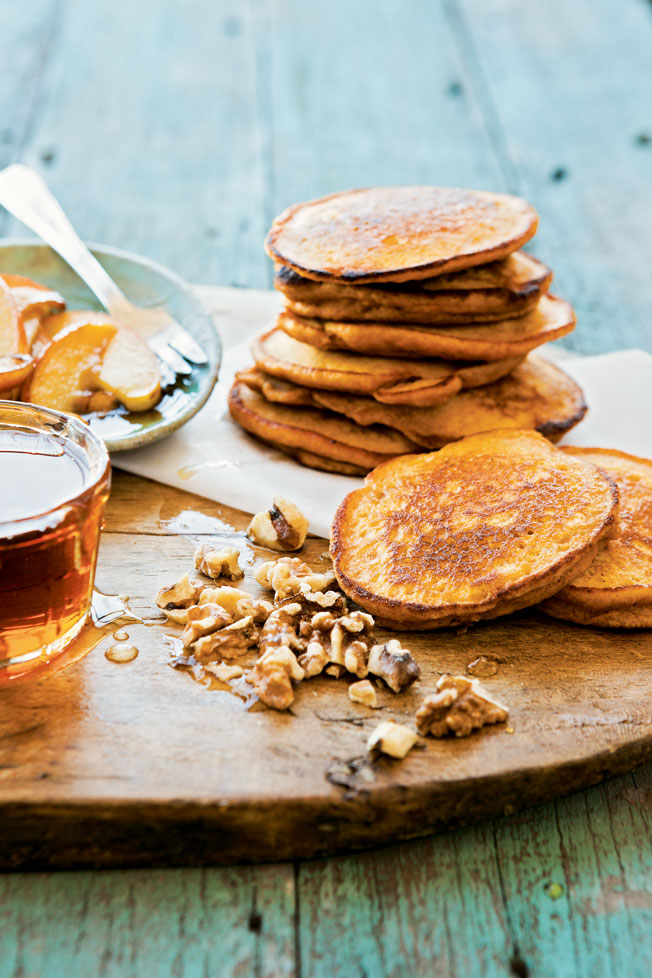
I saw on Pinterest this beautiful Instant Pot pancake, and I tried testing that so many times, and I haven’t figured out how to do it. If anyone has the secret to that, I would love to know. I tried polenta with quick-cooking polenta the first time and it was a total disaster. Swapping to regular cornmeal worked great.
How do I know whether to do manual or natural release?
It’s trial and error. The rule of thumb is really, “Natural release is gonna continue to cook through.” Consider it for a big cut of meat where you want it shredded and tender at the end, or grain where you want it to absorb the liquid like risotto or polenta. Anything where a longer cooking time will overcook it—hard-boiled eggs will turn green—turn off the pressure and use manual release.
How do you avoid the frustration of cooking, say, chicken thighs for 12 minutes at high pressure and having them not be cooked through? Bringing it back to pressure takes time.
That’s where the sauté function is so great. You can finish something at the last minute or add a last-minute ingredient. For this problem, I’d switch to sauté and let it keep cooking, submerged in the liquid. I often do a “sauté, pressure, sauté” order of events.
How did you come upon the Instant Pot cheesecake idea?
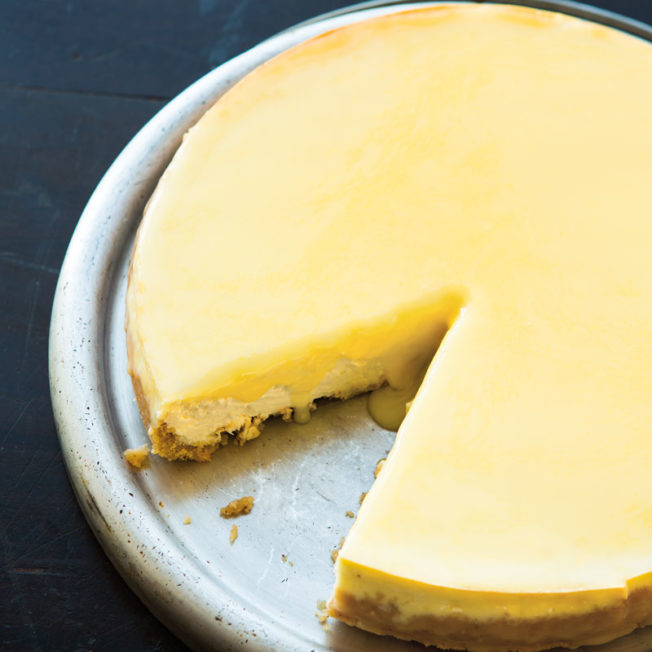
We saw it everywhere, it’s this huge thing, everyone’s doing it. It’s so popular that our bakeware team actually developed a smaller springform pan that fits inside an Instant Pot. All of our standard springforms didn’t fit. They developed this Instant Pot-specific springform. It’s amazing. That’s one thing I’ll always do in the Instant Pot. I tried to make it in the oven and it was a total disaster. I’m always using an Instant Pot and never going back.

1 comment
Play the http://gta5moneyonline.net